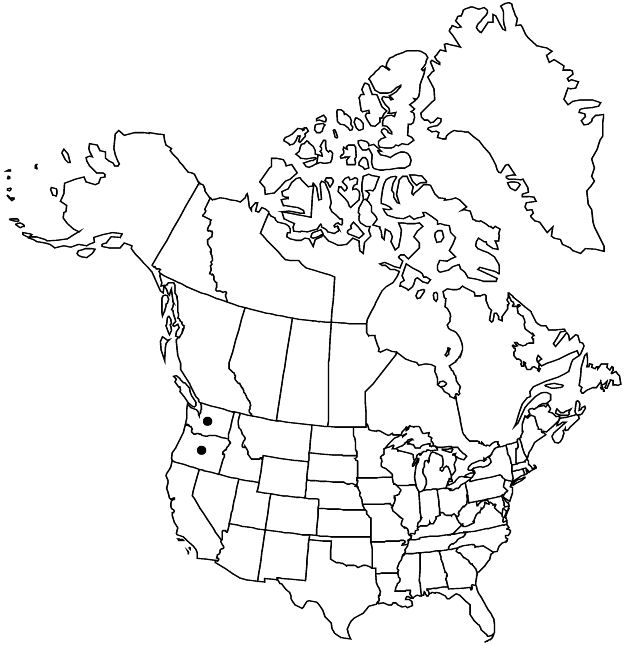Difference between revisions of "Cotoneaster nitens"
in C. S. Sargent, Pl. Wilson. 1: 156. 1912.
FNA>Volume Importer |
imported>Volume Importer |
||
| (6 intermediate revisions by 2 users not shown) | |||
| Line 1: | Line 1: | ||
{{Treatment/ID | {{Treatment/ID | ||
|accepted_name=Cotoneaster nitens | |accepted_name=Cotoneaster nitens | ||
| − | |accepted_authority=Rehder & E. H. Wilson | + | |accepted_authority=Rehder & E. H. Wilson |
|publications={{Treatment/Publication | |publications={{Treatment/Publication | ||
|title=in C. S. Sargent, Pl. Wilson. | |title=in C. S. Sargent, Pl. Wilson. | ||
| Line 28: | Line 28: | ||
|elevation=0–200 m | |elevation=0–200 m | ||
|distribution=Oreg.;Wash.;Asia (China);introduced also in Europe. | |distribution=Oreg.;Wash.;Asia (China);introduced also in Europe. | ||
| + | |introduced=true | ||
|tables= | |tables= | ||
|references= | |references= | ||
| Line 36: | Line 37: | ||
-->{{#Taxon: | -->{{#Taxon: | ||
name=Cotoneaster nitens | name=Cotoneaster nitens | ||
| − | + | |authority=Rehder & E. H. Wilson | |
| − | |authority=Rehder & E. H. Wilson | ||
|rank=species | |rank=species | ||
|parent rank=genus | |parent rank=genus | ||
| Line 52: | Line 52: | ||
|publication year=1912 | |publication year=1912 | ||
|special status=Introduced | |special status=Introduced | ||
| − | |source xml=https:// | + | |source xml=https://bitbucket.org/aafc-mbb/fna-data-curation/src/2e0870ddd59836b60bcf96646a41e87ea5a5943a/coarse_grained_fna_xml/V9/V9_779.xml |
|subfamily=Rosaceae subfam. Amygdaloideae | |subfamily=Rosaceae subfam. Amygdaloideae | ||
|tribe=Rosaceae tribe Gillenieae | |tribe=Rosaceae tribe Gillenieae | ||
Latest revision as of 22:59, 5 November 2020
Shrubs, 1.5–3 m. Stems erect, becoming pendulous; branches divaricate, red-brown, initially strigose. Leaves deciduous; petiole 2–3(–4) mm, pilose-strigose; blade elliptic or obovate, sometimes broadly elliptic, broadly ovate, or suborbiculate, 8–28 × 9–23 mm, chartaceous, base rounded, margins flat, veins 3–5, superficial, apex obtuse or acute and mucronulate, abaxial surfaces pale green, initially densely pilose-strigose, adaxial initially reddish, soon bright green, dull to slightly shiny, not glaucous, flat between lateral veins, glabrous; fall leaves turning bright red and gold. Inflorescences on fertile shoots 15–30 mm with 3–4(–5) leaves, 1–3(or 4)-flowered, compact. Pedicels 2–4 mm, glabrescent. Flowers 6–7 mm, open; hypanthium widely cupulate, sparsely pilose; sepals: margins tomentose, apex obtuse, acute, or apiculate, surfaces sparsely pilose; petals erect-incurved, pink-tinged with purple-maroon or pink-red, base drying to purple-black, margins white, glabrous; stamens 10–14(or 15), filaments pink, sometimes red-purple, distally dark pink, anthers pink or white, margins pale crimson, drying to dark red; styles 2(or 3). Pomes purple-black, ellipsoid or obovoid to globose, (7–)8–9.5 × 6.5–8 mm, shiny, slightly glaucous, sparsely pilose to glabrate; sepals erect or suberect, sparsely pilose; navel open; style remnants 3/4 from base. Pyrenes 2(or 3). 2n = 68 (Germany).
Phenology: Flowering Mar–May; fruiting Jul–Nov.
Habitat: Thickets, edges, disturbed forests
Elevation: 0–200 m
Distribution

Introduced; Oreg., Wash., Asia (China), introduced also in Europe.
Discussion
Selected References
None.